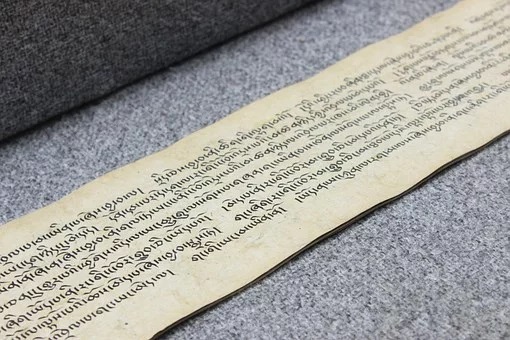Indeed, even the slogans on the main roads say “We live but once!” but in fact this is not so. As sentient beings with strong karmic imprints, we will continue to take rebirth in samsara over countless lifetimes; however, without practice, we will only end this life in spiritual decline. As you know, beings who take rebirth in the lower realms – even in the most favorable animal realm – do not have a chance to practice Dharma, let alone hear the sacred designations and mantras of the buddhas. Beings in the hungry ghost and hell realms are even less likely to have this chance. Therefore, however busy or difficult it may be, we must still seize the moment to practice. If we forgo this most propitious opportunity, we cannot be sanguine about coming back as human beings again.
~Depicted from THE FOUR SEALS OF DHARMA - Summation











